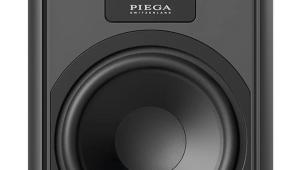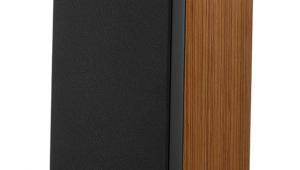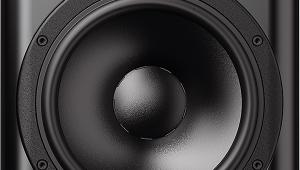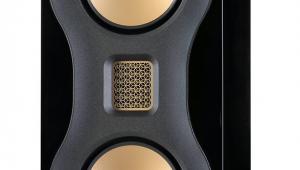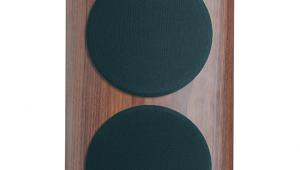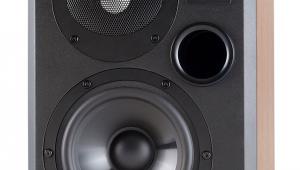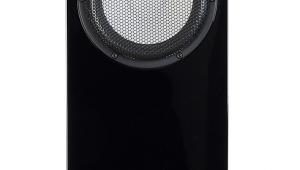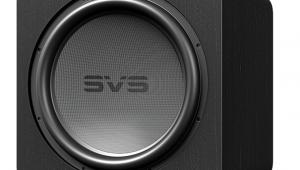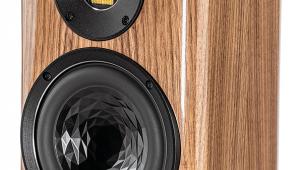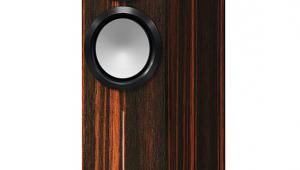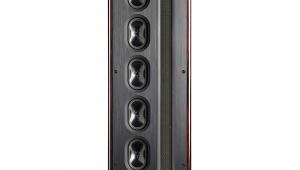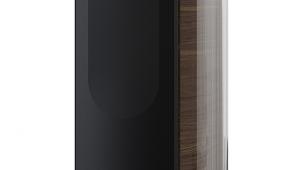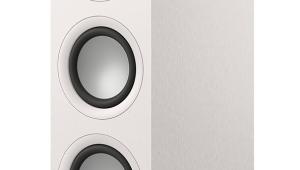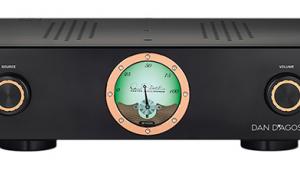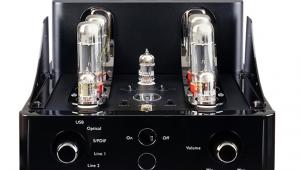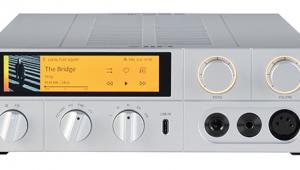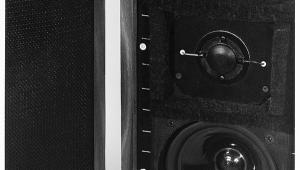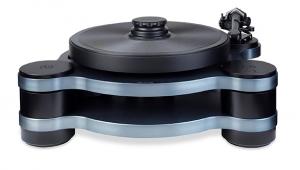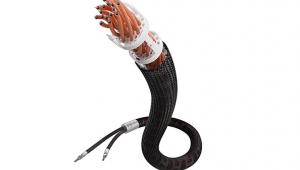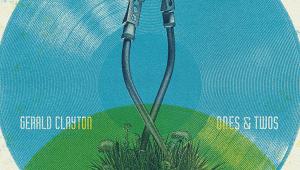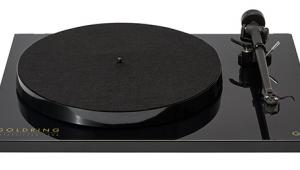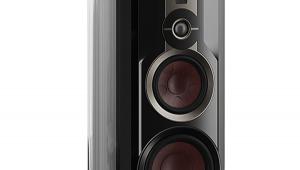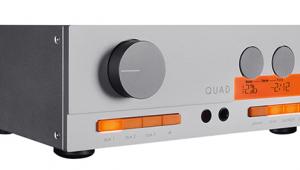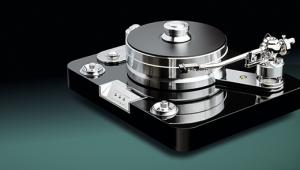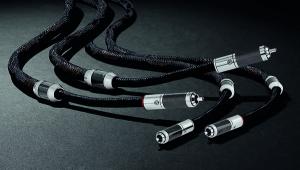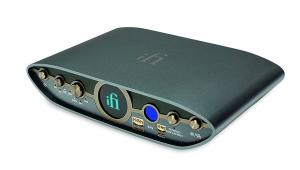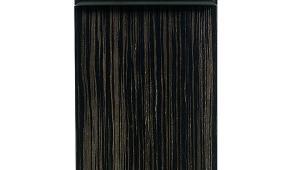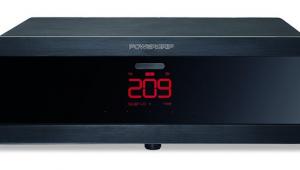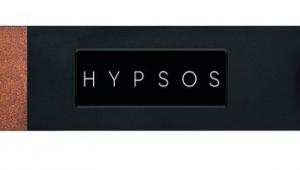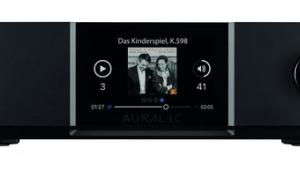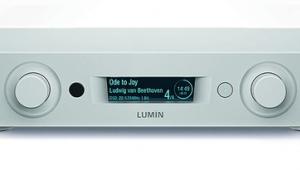Rockport Technologies Orion loudspeaker
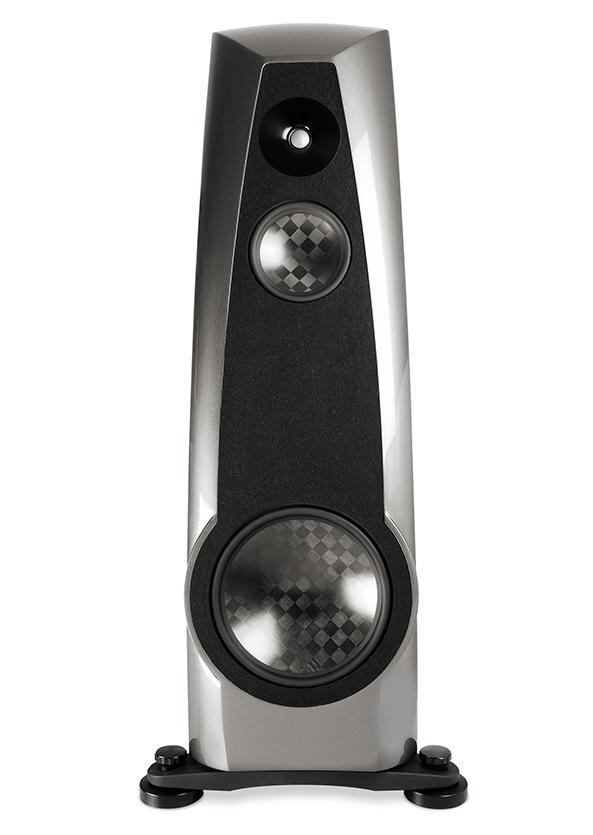

Named after the Maine town where it started in 1984, although now based down the coast in South Thomaston, Rockport Technologies has been known by audiophiles since the 1990s as a manufacturer of high-end – and heavyweight – loudspeakers. The Orion floorstander tested here is no exception, weighing 163kg per piece and selling for £165,000. Suffice to say, it’s a far cry from the early sub/sat systems of chief designer Andy Payor [see boxout].
The Orion sits one from the top in Rockport’s range, the flagship spot being held by the £229,000 Lyra. And because the manufacturer easily fits the definition of ‘boutique’, with a small staff and production runs that other companies would consider ‘limited edition’, there are only four other options. Rockport’s Lynx, its newest model, is essentially a smaller version of the Orion, and priced £89,000. Then there are the more modestly sized Avior II (£53,500) and Atria II (£43,500) floorstanders, plus the £21,000 Taurus centre channel speaker. And that’s your lot.
Lean machine
That £165k price is for the Orion in its standard Diamond Black Metallic colourway. The company will also paint your pair in ‘virtually’ any colour, using a 20-step, nine-layer automotive-grade process, for a £6700 premium – our review pair sports ‘Porsche Quartzite Grey Metallic’. Fellow US manufacturers Wilson Audio [HFN Sep ’24 & Jan ’23] and Magico [HFN May ’24] have similarly wide-ranging finish options, and such customisation is arguably expected considering the market sector. But even if you stick to the standard option, you’re sure to admire the aesthetic.
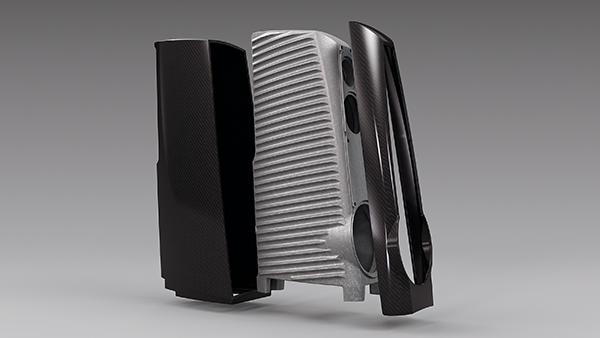
This is a rather striking-looking speaker, and easy on the eye despite bountiful dimensions of 127cm high, 36cm wide (excluding feet) and 67cm deep. The cabinet is artfully curved, tapering front-to-back and top-to-bottom, and has a slight backwards lean to facilitate time alignment. It sits on four low-rise outriggers and passes the hi-fi ‘tap-test’ with flying colours – I’m hard-pressed to recall a speaker with such a seemingly inert, ‘rock-solid’ construction.
Shell script
It’s here where much of the Orion’s story lies. Like its Lyra sibling, the speaker features a three-element cabinet focused on eliminating resonances and improving rigidity. First, at its core, is a one-piece aluminium structure, cast with integral ribbing and bracing, driver mounting surfaces and a precisely shaped inner chamber for the Orion’s midrange driver. On top of this are placed two ‘shell’ pieces made from vacuum-fused carbon-fibre, one flanking the Orion’s sides and rear, the other forming the baffle housing. The latter is bonded via an epoxy adhesive to the aluminium core, making use of CNC-machined ‘registration’ points. Next, the main shell is secured in place before the void between the alloy and carbon-fibre shells is filled with 52kg of a dense viscoelastic material. The name given by Rockport to this enclosure design? ‘DAMSTIF’.
As for the three drivers, these are custom-made and engineered specifically for the Orion. At the top is a 32mm beryllium dome tweeter, mounted into an aluminium waveguide claimed to increase sensitivity below 5kHz and improve transition around the 1.8kHz crossover. The 178mm midrange below is a sandwich composite carbon fibre/foam type, the ‘spread tow’ construction of the outer layer resulting in its distinctive checkerboard pattern.
This material is again used for the Orion’s 330mm woofer, its large size chosen to provide ‘full bass extension’ from the speaker’s ‘reasonably small cabinet volume’. The woofer is positioned low in the enclosure to accommodate its size and gain a degree of boundary reinforcement, similar to the arrangement used in Estelon’s XB Diamond MK II [HFN Mar ’25]. The crossover is set at a higher 140Hz here, while our sample featured the £2000 bi-wire upgrade with the crossover split between its bass and mid/treble arms.
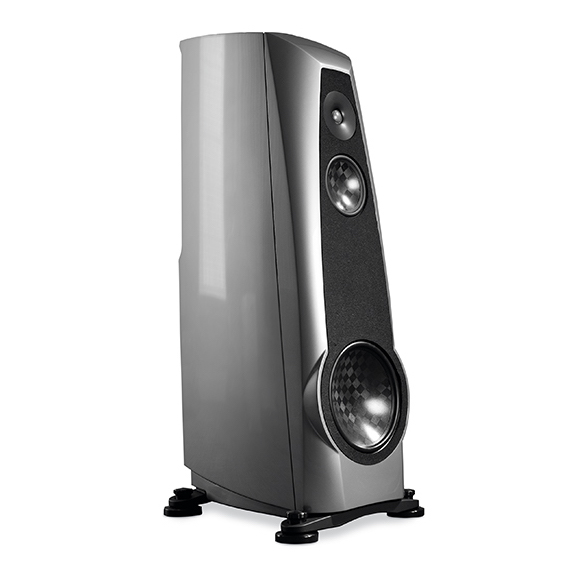
Rockport’s manual explains how to uncrate the Orion, with the wonderful phrase ‘carefully tip loudspeaker forward just enough…’ while removing the fitted castors. Once the adjustable feet are installed, you’re advised to adjust the cabinet’s rake if your listening height is 5cm above/below the tweeter. The manual also recommends angling the cabinets to aim roughly 2m behind the listening seat. (As PM reveals [see Lab Report], they are not meant to be listened to on-axis.)
![]() Deep space
Deep space
Whatever one might expect of a loudspeaker of the Orion’s price and stature, it surely delivers – in spades. In the HFN listening room, with a BAT REX 500 power amplifier [HFN Jan ’24] and VK90 preamp, the performance was, to put it bluntly, superb. These are speakers of refinement and precision, but gripping excitement too. The sound is open and detailed at the top-end, blending delicacy with attack. In the midband, instruments and vocals are crafted with richness and realism. And underneath there’s a low-end solidity and depth most other speakers only dream of.
Hans Zimmer’s ‘Beginnings Are Such Delicate Times’, from Dune: Part Two [WaterTower Music; 48kHz/24-bit] was revealing of the Orion’s upper-band clarity. As this eerie instrumental unfolds, the composer’s use of high-pitched synths and percussion recalls the sand-swept vistas of the movie, and the speakers played it all with an exquisite sense of openness and sparkle. But by contrast, electronic bass notes were palpable, sounding thunderously deep and brilliantly integrated into the musical whole.
Rockport’s Orions presented the myriad synth notes and effects across the Zimmer set with fluidity and presence, and this vivid but entirely natural sounding midband also worked wonders with Nik Kershaw’s ‘Dancing Girls’ [Human Racing; Universal UMCREP2013]. Here, jittering electronic rhythms acted as a springboard for various keyboard tones, while Kershaw’s vocals reclined in the mix, smooth as ice. Follow-up track ‘Wouldn’t It Be Good’, with its lolloping bassline and signature keyboard melody, came through bigger and thicker, the horn solo a rollercoaster of dynamics.
The Orions drew me in to The Band’s ‘Up On Cripple Creek’ [The Band; Capitol Records 192kHz/24-bit], first with their beautifully rich and buoyant low-end. But my ear was also drawn to the confident soundstaging that placed keyboards, drums and vocalist Levon Helm at different depths, and teased out guitar licks stage right. From a similar era, The J. Geils Band’s ‘(Ain’t Nothing But A) House Party’ [Bloodshot; Atlantic/Rhino BA2 7260] was painted canvas-wide, with harmonica and cowbell flanking guitar and organ – the markedly different textures of the two instruments laid bare.
Nuanced notes
This is a fun, three-minute track, and its carefree vibe was expertly conveyed by the speakers, which are more than happy to let their hair down and power into an energetic groove. Given Bob Seger’s ‘Shakedown’ [Beverly Hills Cop II OST; MCA 254 782-2], the strutting, funky rhythms flew out with foot-tapping energy, the thick synth chords sounding lush. Backed by the muscle of the BAT power amp, the Orions effortlessly filled the listening room, unruffled by playback at high volumes.

The bass weight, resolution and dynamic snap on offer make these a fit for your rock and jazz collection, but they’re equally potent when playing more down-tempo recordings. Alison Krauss and Robert Plant’s ‘It Doesn’t Bother Me’ [Raise The Roof; Warner, 96kHz/24-bit], featured spinetingling clarity in its main vocal lines, Krauss alone at first, in front of deep percussion and soft acoustic guitar, then joined by Plant for close-as-you-like harmonies.
This track builds towards a crescendo, the mix becoming more complex, the musical picture bigger. Through the Orions, not one element of this huge wall of sound sounded out of place. These are speakers that don’t exaggerate anything unduly, although the potency of their bass will be sure to remind some listeners what they’ve been missing out on.
And you can, without worry, give the Orions the kind of intimate, sparse music favoured by the hi-fi cognoscenti. The recent Bob Ludwig remaster of Regina Spektor’s ‘Samson’ [Songs; Sire 093624842484], which features the vocalist accompanying herself on piano, was a masterclass in tonal nuance and clear, smooth mid-tones, plus the detail needed to evoke her finger playing and pedal technique. John Mayer’s ‘Slow Dancing In A Burning Room’ [Continuum; Columbia 96kHz/24-bit] is similar, combining acoustic guitars and solo vocal, and again the Orion loudspeakers delivered a sound of immediacy and insight, with small details populating a big stage.
Metal mastery
On the other hand, Rockport’s floorstanders were able to unpick every ounce of info from the title track of Slayer’s South Of Heaven [American Recordings 0602537352265] without distracting from its menacing nature. Produced by Rick Rubin, this gets plenty of mileage from the band’s lineup of dual guitars, bass and drums, and the strictures of the thrash metal genre. Yes, there must be lengthy drum fills, discordant solos and growled vocals, but it never usually sounds this damn… heavenly.
Hi-Fi News Verdict
The Orion’s design and spec. speaks volumes about Rockport’s meticulous attention to detail, but the proof of the pudding is in its performance. This big-ticket speaker thrills with any genre of music, its sound shifting effortlessly between largescale, weighty drama and articulate, intimate soundscapes. Anyone building a reference-level system should audition. Everyone else? Well, we can dream...
Sound Quality: 92%
